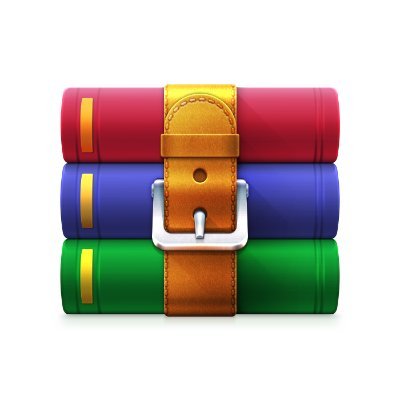
C++ is one of the most popular and widely used programming languages in the world. It is a general-purpose, object-oriented language that is used in a variety of applications, including game development, desktop applications, and system software.
C++ is known for its performance, efficiency, and speed. It is a high-level language that is easy to learn and understand, making it a great choice for beginners. In this guide, we will provide a comprehensive overview of C++ and help you understand the basics of the language.
- Introduction to C++: Before diving into the details of C++, it is important to understand what the language is and what it is used for. C++ is a high-level language that is designed to be easy to use and understand. It is also a powerful language that can be used to develop complex applications.
- Data Types: In C++, data types are used to define variables and their values. There are several built-in data types, including int, float, char, and bool, which are used to store different types of data. It is important to understand the different data types in C++ so that you can choose the right type for your data.
- Variables: Variables are used to store data in C++. They are defined using the data type and a variable name. Variables can be assigned values and their values can be changed during the execution of a program.
- Operators: Operators are used to perform operations on variables and values in C++. There are several types of operators, including arithmetic, comparison, and logical operators. It is important to understand the different operators in C++ so that you can use them effectively in your programs.
- Loops: Loops are used to execute a set of statements repeatedly. There are two types of loops in C++, the for loop and the while loop. Loops are used to perform repetitive tasks and are an essential part of any C++ program.
- Functions: Functions are used to divide a program into smaller, reusable pieces. Functions allow you to write code that can be reused in different parts of your program. Functions can also accept arguments and return values, making them a powerful tool for writing reusable code.
- Classes and Objects: Classes and objects are used to organize and structure code in C++. Classes define the data and behavior of an object, and objects are instances of classes. Understanding classes and objects is essential for writing object-oriented programs in C++.
- Arrays and Strings: Arrays and strings are used to store collections of data in C++. Arrays are used to store multiple values of the same type, while strings are used to store collections of characters. Understanding arrays and strings is essential for writing programs that work with collections of data.
- Pointers: Pointers are used to store memory addresses in C++. Pointers allow you to manipulate memory directly, giving you a greater degree of control over your program. Understanding pointers is essential for writing low-level systems and performance-critical code.
- Practice and Apply What You Have Learned: The best way to learn C++ is by practicing and applying what you have learned. Try writing small programs and working on projects to apply the concepts you have learned. This will give you a deeper understanding of the language and help you become a better C++ programmer.
In conclusion, C++ is a powerful and versatile programming language that is widely used in a variety of applications. This guide provides a comprehensive overview of the basics of C++, including data

